Introduction
Stick noodles, often referred to as “Guaguan Mian” in certain dialects, are a staple in many Asian cuisines, particularly in regions where wheat-based dishes are prominent. These noodles, characterized by their long, slender shape and slight elasticity, can be enjoyed in a variety of ways—whether served hot in soup, stir-fried with vegetables, or cold as part of a salad. However, mastering the art of cooking stick noodles to perfection can be challenging, especially for those unfamiliar with the nuances of noodle preparation. This article aims to provide a comprehensive guide on how to determine if your stick noodles are perfectly cooked, ensuring a delightful and satisfying meal every time.
Understanding Stick Noodles
Before diving into the cooking process, it’s essential to understand the basic characteristics of stick noodles. Made primarily from wheat flour, water, and sometimes a pinch of salt, these noodles undergo a process of mixing, kneading, rolling, and cutting to achieve their distinctive shape. The quality of the flour, the ratio of ingredients, and the method of preparation can all influence the final texture and cooking time of the noodles.
Fresh stick noodles, often found at local markets, have a shorter cooking time compared to dried ones, which require more soaking and a longer cooking duration. Dried stick noodles are more convenient for storage and can be found in most grocery stores. However, they might need special attention during the preparation phase to rejuvenate their texture and flavor.
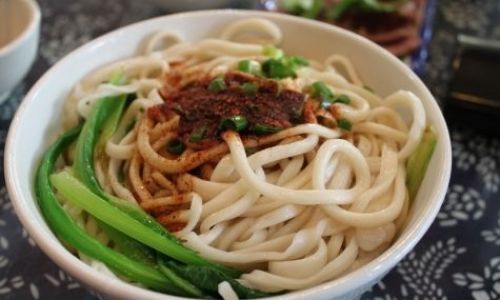
Preparation Before Cooking
-
Sorting and Cleaning: If using dried stick noodles, the first step is to sort through them to remove any broken pieces or impurities. Fresh noodles usually come ready to use, but a quick rinse under cold water can help remove any excess flour or starch.
-
Soaking (for Dried Noodles): Dried stick noodles should be soaked in cold or lukewarm water for about 30 minutes to an hour, depending on their thickness. This step softens the noodles and reduces the cooking time. Avoid using hot water as it can cause the outer layer to become mushy while the inside remains hard.
-
Boiling Water: Fill a large pot with water and bring it to a rolling boil. Add a tablespoon of salt to the water, which enhances the flavor of the noodles and helps them cook more evenly.
The Cooking Process
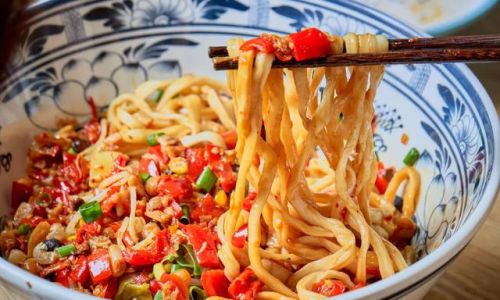
-
Adding the Noodles: Once the water is boiling, carefully add the sorted and (if necessary) soaked stick noodles. Use a wooden spoon or chopsticks to gently submerge them and prevent them from sticking together or to the bottom of the pot.
-
Stirring Initially: Stir the noodles immediately after adding them to the boiling water. This prevents them from clumping and ensures even cooking. Continue to stir occasionally for the first few minutes.
-
Timing is Key: The cooking time for stick noodles varies depending on their thickness and whether they are fresh or dried. Fresh noodles usually take around 3-5 minutes, while dried noodles can take up to 10 minutes or more. The best way to determine doneness is through visual and tactile inspection, rather than relying solely on time.
How to Determine if Stick Noodles Are Perfectly Cooked
-
Appearance: Look at the noodles. Perfectly cooked stick noodles should have a translucent appearance with a slight shine. They should not look overly pale or doughy, which indicates they are undercooked, nor should they be overly soft and mushy, which suggests overcooking.
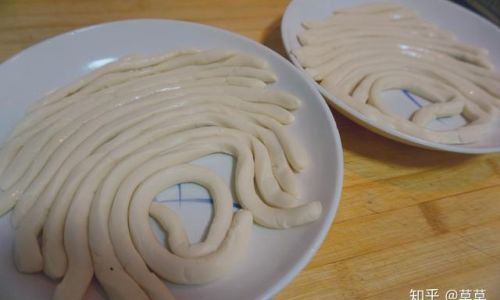
-
Texture: Use a fork or chopsticks to gently lift a strand of noodle. A perfectly cooked noodle should offer a slight resistance when you bite into it—neither too firm nor too soft. It should be tender but still hold its shape, with a slight bounce when chewed.
-
Taste: Taste a small piece of the noodle. It should be cooked through, with no raw flour taste. Overcooked noodles often have a gluey or mushy texture and a bland flavor.
-
Doneness Test: One of the most reliable methods is the “doneness test.” Take a strand of noodle and gently press it between your thumb and forefinger. A cooked noodle will give slightly but will still maintain some structure. If it feels too firm, it needs more cooking. If it feels mushy or falls apart easily, it has been overcooked.
Post-Cooking Care
-
Rinsing: Once the noodles are cooked to perfection, quickly rinse them under cold water to stop the cooking process. This step is especially important for stir-fries and cold noodle dishes, as it prevents the noodles from becoming overly soft and sticky.
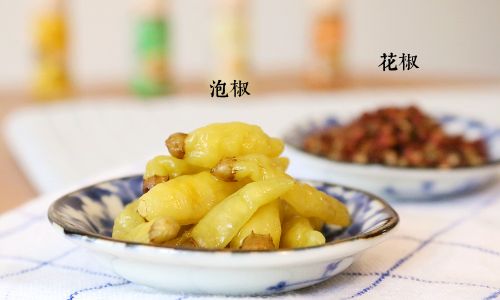
-
Draining: Drain the noodles thoroughly in a colander. Shake the colander gently to remove excess water but avoid squeezing the noodles, which can make them mushy.
-
Tossing with Oil: To prevent the noodles from sticking together, toss them with a small amount of oil (sesame oil or vegetable oil works well). This also adds a subtle flavor enhancement.
Conclusion
Cooking stick noodles to perfection requires attention to detail and a bit of practice. By understanding the basic characteristics of the noodles, preparing them correctly, and using a combination of visual, tactile, and taste inspections, you can achieve consistently delicious results. Remember, the key to perfect stick noodles lies in their texture—they should be tender yet firm, with a slight bounce and a delightful chewiness.
Whether you’re making a hearty soup, a vibrant stir-fry, or a refreshing cold noodle salad, mastering the art of cooking stick noodles will elevate your dishes and delight your taste buds. Happy cooking, and enjoy every bite of your perfectly cooked stick noodles!
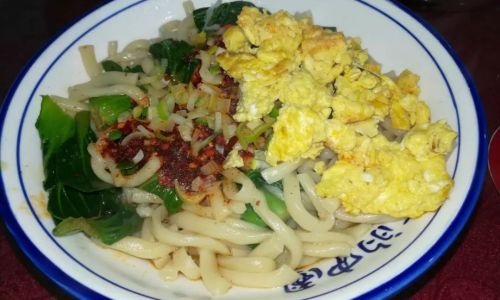
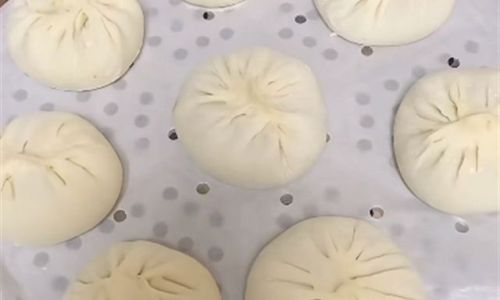
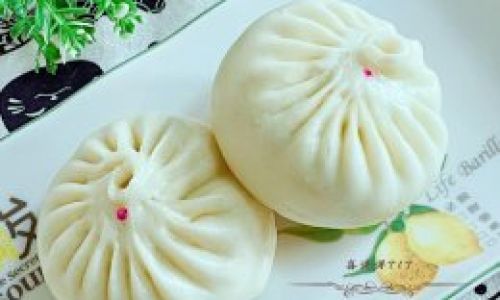
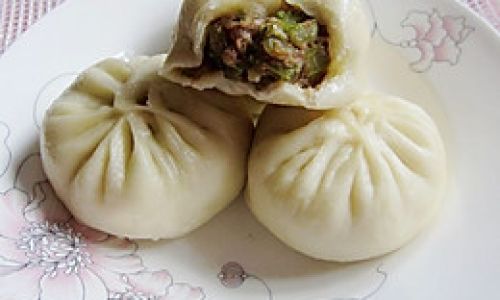
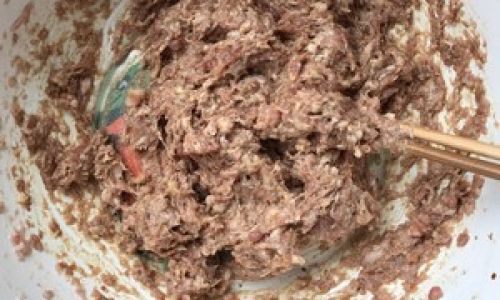
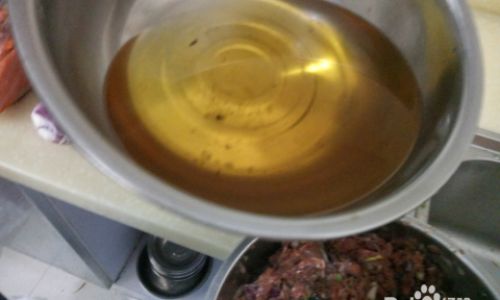
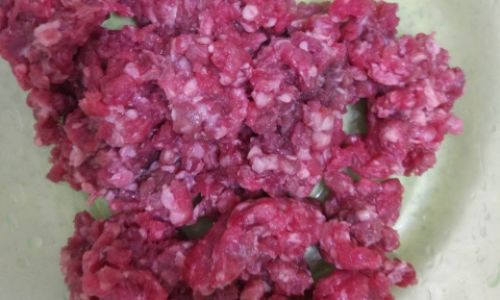
0 comments